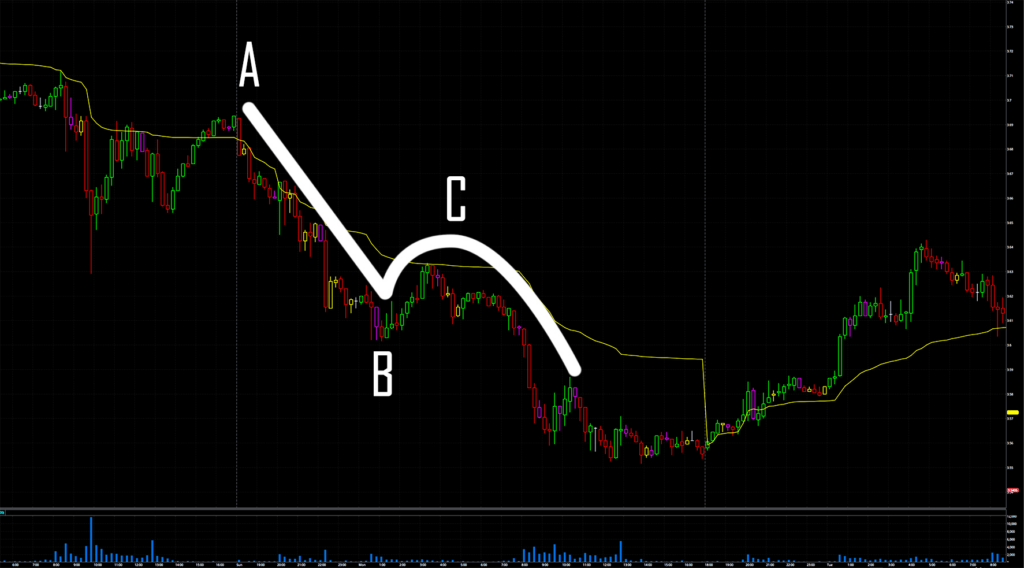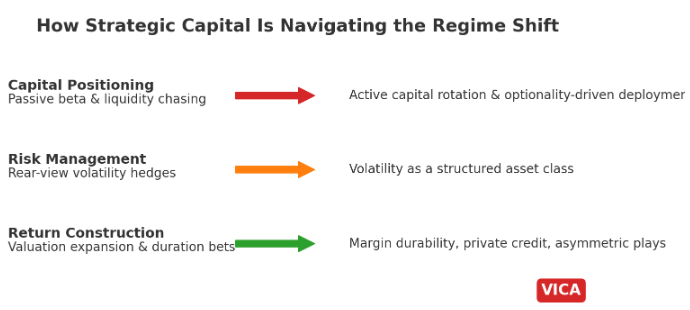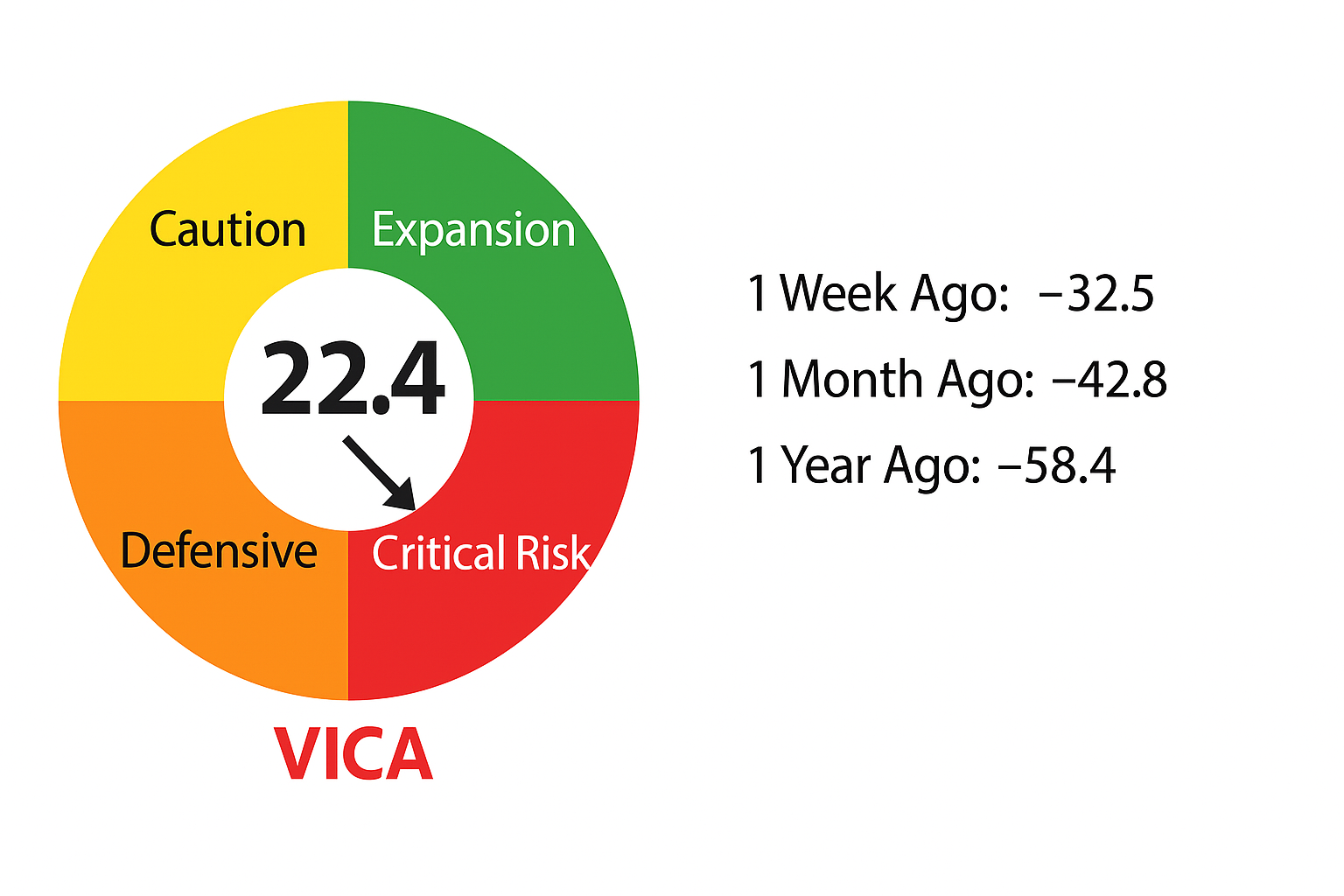Understanding the ‘Dead Cat Bounce’: A Temporary Resurgence in a Bear Market
In financial parlance, a “Dead Cat Bounce” refers to a transient, short-lived recovery in the prices of an asset that has been enduring a prolonged decline or residing within a bear market. These rallies are typically unsupported by fundamental factors and are swiftly followed by a resumption of the downward trend. This term, “Dead Cat Bounce,” derives its rather morbid name from the idea that even a lifeless cat will exhibit a brief bounce if it plummets rapidly and substantially. It is essentially an exemplification of a rally that ensnares unwary investors.

Key Highlights
- A Dead Cat Bounce is a short-lived, often sharp, upward movement that occurs within the context of a prolonged downtrend.
- It is characterized by a lack of fundamental support and is swiftly reversed as prices resume their descent.
- In the realm of technical analysis, this phenomenon is recognized as a continuation pattern.
- Although it may initially appear as a trend reversal, it promptly reverts to the prevailing downward trajectory.
- Identifying Dead Cat Bounce patterns can be challenging and is often only apparent after the fact.
Unveiling the Nuances of a Dead Cat Bounce: Insights, Challenges, and Triggers
The Insight Gleaned from a Dead Cat Bounce A Dead Cat Bounce is a price pattern primarily analyzed by technical experts. It is classified as a continuation pattern, where it might initially seem like a trend reversal but is invariably followed by a renewed downward movement when prices dip below their previous lows. These temporary rebounds often materialize during downtrends, possibly triggered by traders covering short positions or speculating that the asset has bottomed out.
The recognition of a Dead Cat Bounce is generally an exercise in hindsight, and analysts may attempt to predict its temporary nature by employing various technical and fundamental tools. These patterns can manifest in a broader economic context, such as during the depths of a recession, or they may be observed in the pricing of individual stocks or groups of stocks.
Short-term traders might attempt to capitalize on these fleeting rallies, while others might see them as opportunities to initiate short positions. Similar to identifying market peaks or troughs, detecting a Dead Cat Bounce ahead of time is a formidable challenge, even for seasoned investors.
Limitations in Identifying a Dead Cat Bounce. Traders who observe a rally following a sharp decline may mistakenly interpret it as a Dead Cat Bounce when, in reality, it signals a more enduring trend reversal.
The Duration of a Dead Cat Bounce Typically, a Dead Cat Bounce endures for just a few days, although in some instances, it can persist for a few months.
The Triggers of a Dead Cat Bounce Several factors can initiate a Dead Cat Bounce, including the closure of short positions, the erroneous belief that the market bottom has been reached, or attempts by investors to identify oversold assets. Nevertheless, this phenomenon is not rooted in fundamentals, and the market tends to resume its downward path shortly thereafter.
The Antithesis of a Dead Cat Bounce An “Inverted Dead Cat Bounce” is a temporary, often severe downturn that occurs within an otherwise enduring bull market. It exhibits many characteristics of a Dead Cat Bounce but in reverse.
Navigating Market Volatility: The Peril of Misreading Dead Cat Bounces
In Summary during market declines, a relief rally can deceive investors into thinking that the worst is behind them. Yet, it is important to recognize the potential for a Dead Cat Bounce, representing a brief surge within an ongoing bear market. Investors who misinterpret this phenomenon can face losses, as correctly timing market bottoms remains a challenging and risky endeavor.



